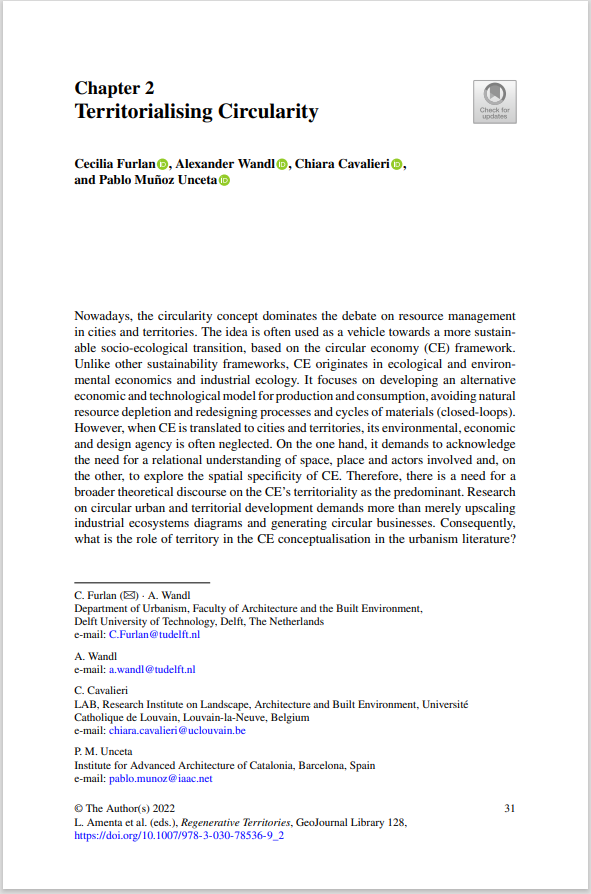Summary
Ports have always been an important asset to Europe, serving as gateways to the rest of the world and as connection points to rivers across European territory. For centuries, ports and their cities developed hand in hand, the port generating prosperity for the city. This has changed with the industrial revolution, globalisation and the rapid development of containerisation. Most ports moved out of their cities and their mutual relationship began to suffer. Today, this relationship experiences a new dynamism, driven on both sides by the aspiration to revive ports after the recent crisis, while at the same time making the most of their potential as a stimulus for city life and regeneration. In recent years, a variety of policy options have been identified and their efficiency tested. Port authority organisations were among the first to realise that for ports to flourish in the long term, their cities also need to prosper, and began taking steps towards improving their mutual relations. The progressive development of the EU’s urban policies can pave the way to further joint development of ports and cities and offer new solutions to urban challenges, essential for achieving the smart, sustainable and inclusive society envisaged in the Europe 2020 strategy.






